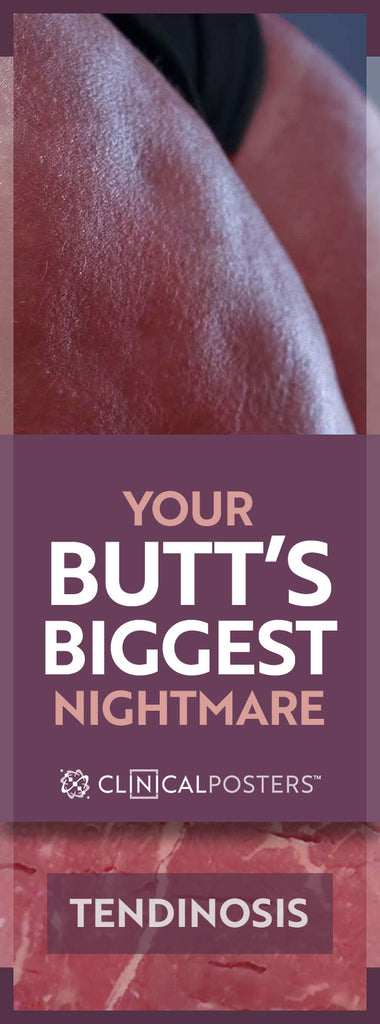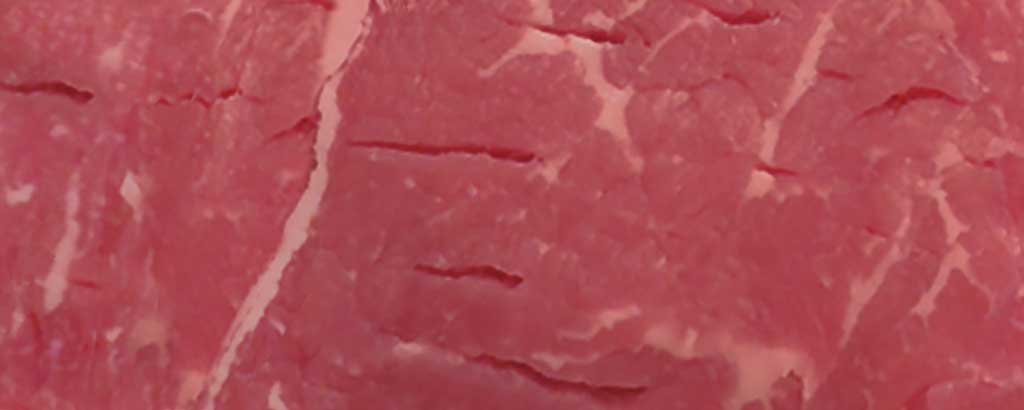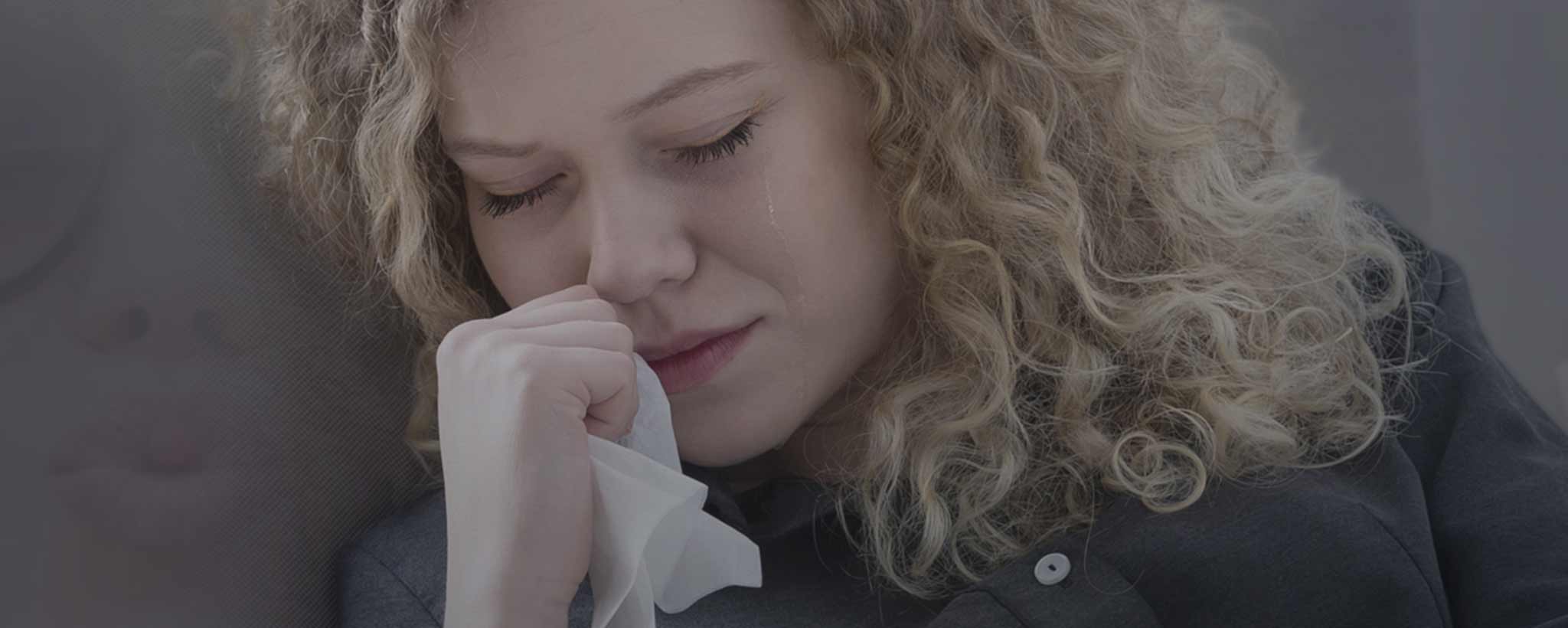Industry has advanced on the buttocks of graphic artists, programmers, truck drivers and office workers who sacrifice their rears with irreparable harm.
It’s Not a Pretty Sight
Though the prognosis is unfavorable, genuine thanks go out to all the seat cushion warriors. E‑commerce has advanced on the backs and buttocks of graphic artists, programmers, truck drivers, and office workers. They, perhaps including you, spend long hours with gluteus muscles grilling in a seat pan.
Sedentary Dangers

Many professions have an occupational hazard. Seat cushion warriors compound multiple physical ailments. Coccydynia, lower back pain, deep vein thrombosis (DVT), obesity, diabetes, high cholesterol, liver problems and premature death are some of the symptoms and ailments stemming from a sedentary lifestyle. One study highlights brain similarities with those having dementia.
The sitting position in a chair disrupts natural anatomy. Abnormal spine curvature decreases lung capacity. Blood circulation slows throughout the body, including the brain, when sitting or lying down. This impairs cognitive functions and leads to brain fog. Slower blood flow also increases the chance for fatty acids to clog your heart.
You might suspect cellulite results from prolonged sitting. Cellulite is defined as the herniation of subcutaneous fat within fibrous connective tissue. This is mostly attributed to high stress, distribution of subcutaneous fat, ethnicity, and gender. Interestingly, circulatory insufficiency is also a listed predisposition for cellulite.
Identifying Sacroiliac Dysfunction
It is sometimes difficult for doctors to determine the exact source of lower back pain. Sacroiliac (SI) joint dysfunction may be overlooked or undertreated. Low back pain is a pronounced symptom. But SI joint dysfunction can also radiate into the hips, buttocks, thighs, and/or groin. As you might imagine, this affects your gait—the way you walk.
Sacroiliac joint dysfunction or inflammation (sacroiliitis) can mimic pain similar to degenerative hip disease, hip bursitis, lumbar disc herniation, or pinched nerves. Without affecting range of motion, trochanteric bursitis pain may radiate to the buttocks or knees and is often worse when lying on the affected side. Referred pain can defer proper diagnosis and treatment for years.
Chiropractic alignment, facet joint, and sacroiliac joint epidural injections, or nerve blocks may provide significant temporary pain relief. After exhausting such options, surgeons might recommend SI joint stabilization (fusion) surgery to reduce or alleviate SI joint pain and other symptoms related to SI joint dysfunction.
SI joint mobility is a key energy transfer mechanism. Fusion eliminates this important shock absorber. Adjacent hip joint and lower lumbar spine are the next levels overloaded after the SI joint is immobile.
Sitting Through Tendinosis
Gluteus medius tendinosis or “dead butt syndrome” can result from prolonged sitting. Gluteal tendon microtears or fissures may develop. Magnetic resonance imaging is helpful in this diagnosis. Tendinosis increases pain while sitting, standing, and walking, while contributing to bursitis.
A 2014 clinical study in France by K.G. Makridis, et al concluded that open double-row surgical technique to repair gluteal tendon tears led to 85% of patients having good clinical results with significant improvement in symptoms.

a: MRI, axial slice: large area of T2 hypersignal indicates inflammation around the detached and retracted lateral fibers of the gluteus medius (GMe) and the subgluteus minimus bursa; b: coronal slice: GMe tendon tear and bursitis; c: sagittal slice: the main (posterior) tendon of the GMe is intact.
Improving a Bad Situation
Yes, a sedentary lifestyle can lead doctors to cut your butt open to stitch it back together. This requires enduring additional pain during rehabilitation and recuperation. Observe that this procedure has the goal of repairing torn tendons.
There is no surgical procedure to stitch numerous microtears within the muscles. Cortisone injections can ease pain and prolotherapy may stimulate regeneration. Truthfully though, muscles must heal on their own. And they are unlikely to do so as long as the weight of your body is bearing pressure on them.
In the absence of significant exercise, muscles atrophy and weaken. Most disturbing are reports of irreversible anatomical damage from sitting for many hours per day. Some treatment modalities offer temporary relief. Others may be impractical. Prescription pain medications have the risk of addiction. As symptoms increase, you may wonder if you should just retire and spend the remainder of years limping along with a permanent disability.

Gluteal muscles may resembled mechanically tenderized meat.
A strong and supportive musculoskeletal system is not something doctors can prescribe or inject. A daily 30-minute gym workout cannot effectively compensate for the compilation of 60 or more weekly hours sitting behind the wheel of an automobile, sitting at desks or tables to work, eating meals, and watching television. Though the amount of time is disproportionate, doctors still advise regular exercise.
Reducing the amount of weight that compresses your gluteal muscles is somewhat helpful. So try to drop 10–20 pounds. Cushion your seat, improve your posture, and get up every 30 minutes. Vary your position throughout the day, considering sit-stand furniture. Vision corrective lenses can prevent you from leaning forward and thus help you to utilize lumbar support in an ergonomic chair.
Take up a hobby that requires standing and walking about. It might be photography, cooking, baking, swimming, or dancing as your stamina permits. Add strength training to cardiovascular workouts. Doctors may prescribe physiotherapy along with ice packs.
For life’s sake, the most important thing we can do to be A Bit More Healthy is move regularly. So the next time someone offers to drive you a block away, you might decline and just walk to give your butt some exercise.
To support the writing of scholarly articles about individual, ClinicalPosters sells human anatomy charts, scientific posters, and other products online. You may sponsor specific articles or remit a small donation.
ClinicalPosters sells human anatomy charts, scientific posters, and other products online to offset expense of the writing useful articles about individual. Slide extra posters into DeuPair Frames without removing from the wall.
Show your support by donating, shopping for ClinicalPins, or leaving an encouraging comment to keep the research going.
To support the writing of useful articles about individual, ClinicalPosters sells human anatomy charts, scientific posters, and other products online. You may sponsor specific articles or remit a small donation.
ClinicalPosters sells human anatomy charts, scientific posters, and other products online to offset expense of the writing useful articles about individual. Slide extra posters into DeuPair Frames without removing from the wall.
ClinicalPosters sells human anatomy charts, scientific posters, and other products online. You may remit a small donation.
You can support the writing of useful articles about individual by sponsoring specific articles or remitting a small donation. Visible content is optimized for device size.






 Romance & Health Intertwine. Fall in love with a captivating romance miniseries that explores the essence of well-being. Become a ClinicalNovellas member for heartwarming tales.
Romance & Health Intertwine. Fall in love with a captivating romance miniseries that explores the essence of well-being. Become a ClinicalNovellas member for heartwarming tales.




